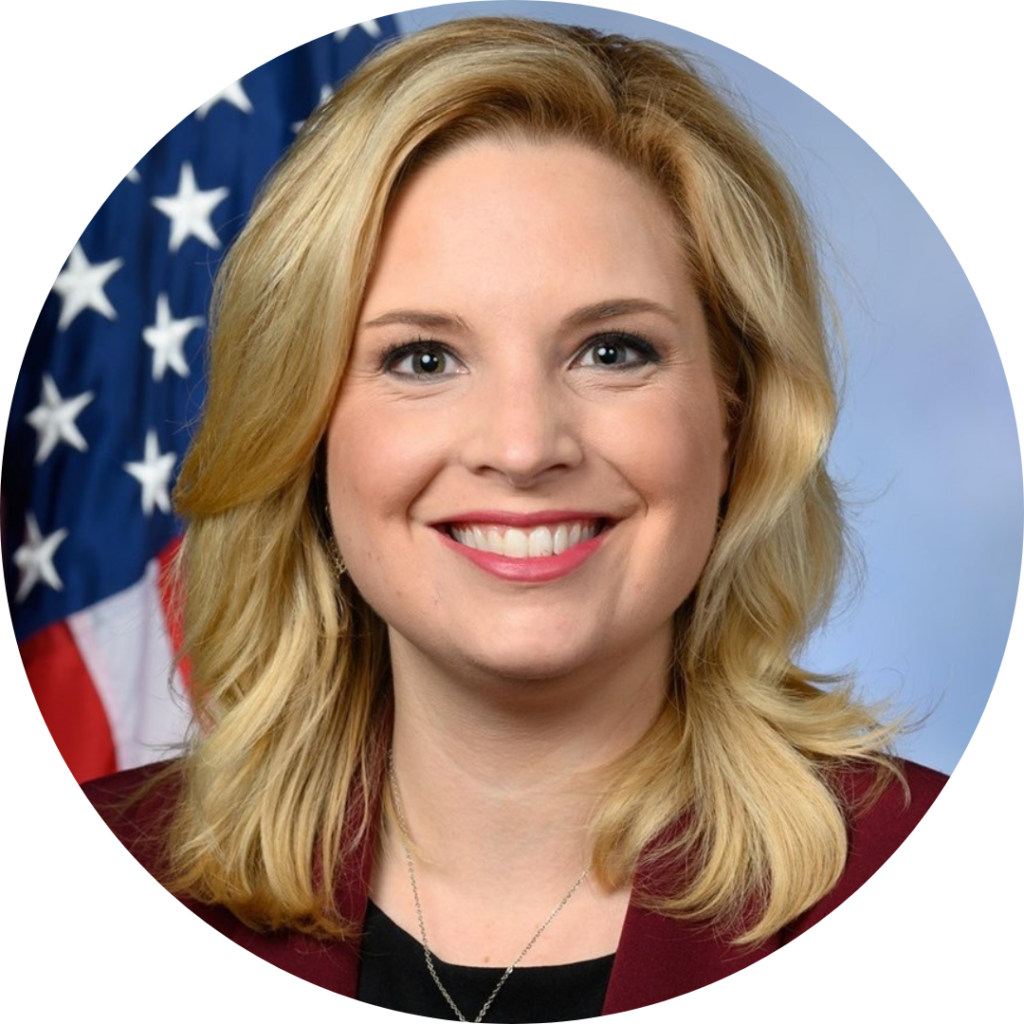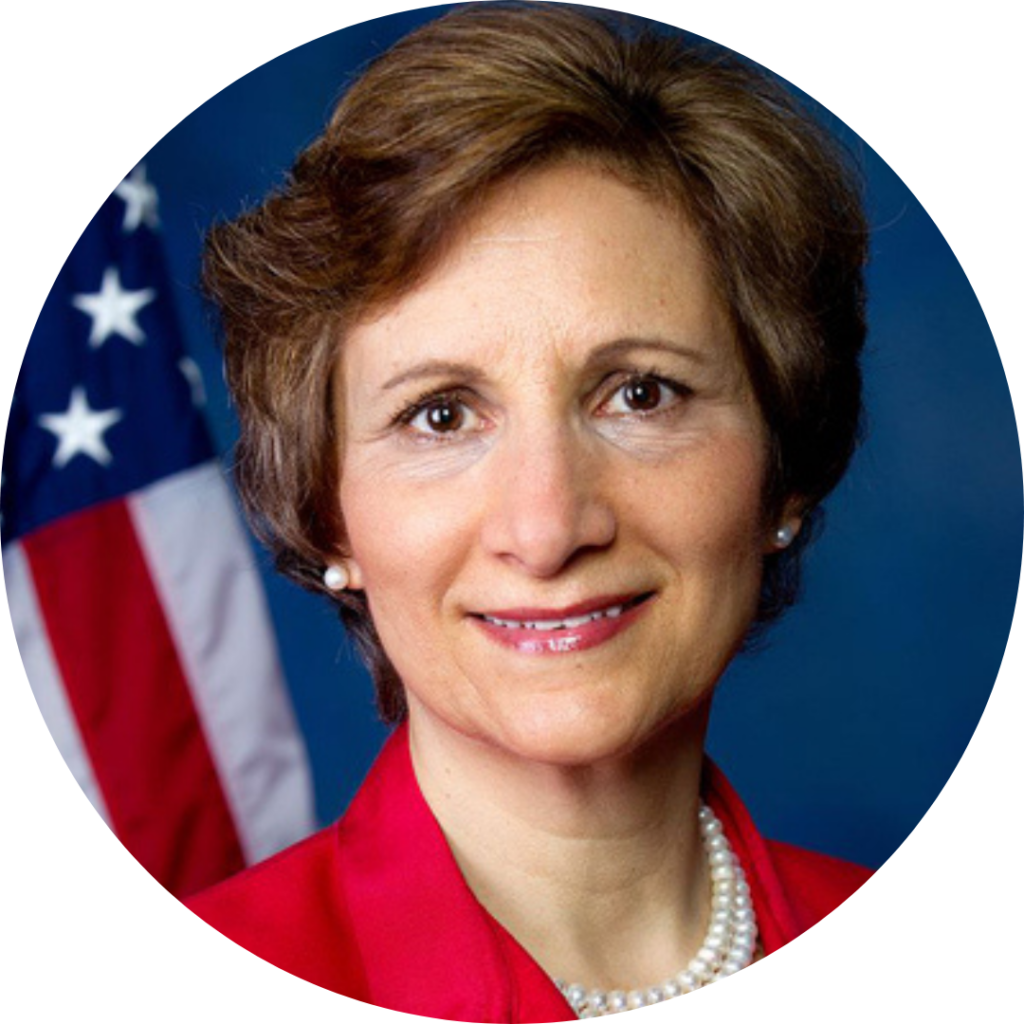The Crisis Every Member of Congress Has Waiting For Them at Home

As Congress gears up for the final weeks of September before heading home to campaign in their districts, one thing remains clear in every state – red, blue, or purple – across America. The child care crisis has reached all corners of the U.S., and it’s only going to get worse until lawmakers make good on their promises to invest in fixing what’s broken in our early learning system. In response to the endless articles about the child care crisis coming out of states across the country, FFYF Executive Director Sarah Rittling issued the following statement:
“We’ve all seen the headlines – child care closures, staffing shortages, high prices, and waitlists months long. As lawmakers get ready to head back to their districts they will hear from local businesses, families, and women in particular, who are desperate for federal engagement to make child care more affordable and easier to find. We have polling that shows voters in key electoral states understand the urgent need and economic necessity of addressing the child care crisis quickly – because they or someone they know is living through this crisis every day. There’s never been a better time for lawmakers to listen to their constituents and come together to craft smart bipartisan child care solutions that make a long-term investment in America’s early learning sector and help families, children, and our economy.”
North Dakota: Every day, I see posts on social media from working parents desperate to find care for their children. Our daycare couldn’t commit due to staffing shortages exacerbated by the pandemic, so I spent much of my maternity leave stressing about the possibility of being forced to quit a job that I loved due to not having child care.
Nebraska: Those local findings reflect the national landscape: Amidst such staff shortages and scarce openings in early child care, we often force our families with young children to make impossible choices – between spending a significant portion of their income on child care or leaving work to stay home.
New York: “For many parents, their child care is more than their mortgage,” said Heidi-Jo Brandt, who has spent 32 years running a home-based child care program in Saugerties, New York. “And that’s not fair — it’s more than college tuition.”
Texas: More than half of Texas counties qualify as a child care desert. Areas labeled as child care deserts have few if any providers that are available to meet the capacity needs of families in that specific location.
Minnesota: “We even had a situation where we wanted to hire a preschool teacher, and that preschool teacher unfortunately couldn’t come to work for us because there wasn’t a spot for her child to go to child care,” said Michelle Trelstad of Anoka-Hennepin Schools.
Ohio: “Day care workers are literally crying out for help right now,” said Helen, who doesn’t plan to return to the day care industry. “I’ve never seen so many people so frustrated in this career.”
New Jersey: More than 100 child care facilities around New Jersey have closed during the pandemic, leaving the state short nearly 5,000 spots for kids. It’s a shortage that has kept parents scrambling to find affordable and adequate care, a situation that is now exacerbated as more people transition back to in-person work.
A look at the facts behind the need for urgent, bold action on child care and early learning:
- 15 million children under the age of six (66%) have all residential parents in the workforce, with roughly 11 million in non-parental care.
- Even before the pandemic, half of Americans lived in a child care desert with only one available child care spot for every three children in need of care.
- In one recent survey, more than 60% of parents said child care has gotten more expensive over the past year, and more than 40% of parents said child care is much harder to find.
- In half of all states, the average annual price of infant or toddler care in 2020 was over $15,000, with the average annual price in some states as high as $24,000. Nationwide, the average annual price for infant or toddler care was over $12,000.
- Meanwhile, the average hourly wage for a child care professional in a center is $12.24, or $25,460 annually.
- The federal financial relief program for child care providers that Congress passed last year runs out on September 30th, 2024 – just 36 days before Election Day — resulting in an estimated $48 billion funding cliff that, if unaddressed, will have disastrous consequences on the supply of child care.
- Families will face even higher prices and longer waiting lists.
- Child care providers who have been able to offer pay raises or bonuses to recruit or retain teachers will have to start making tough choices with less resources, risking a mass exodus of highly trained professionals leaving the field for better pay and benefits at places like Starbucks and Target.
- 92% of America’s child care providers who received this federal relief funding say these grants are what has kept their businesses open.
- 75% of providers say that the end of this funding will be devastating to their programs.
- Even with the relief provided by the child care stabilization program, two-thirds of child care providers are experiencing a staffing shortage that affects their ability to serve families; 52% of those with staffing shortages have been forced to serve fewer children while 37% have had a longer waiting list.
Subscribe to FFYF First Look
Every morning, FFYF reports on the latest child care & early learning news from across the country. Subscribe and take 5 minutes to know what's happening in early childhood education.



